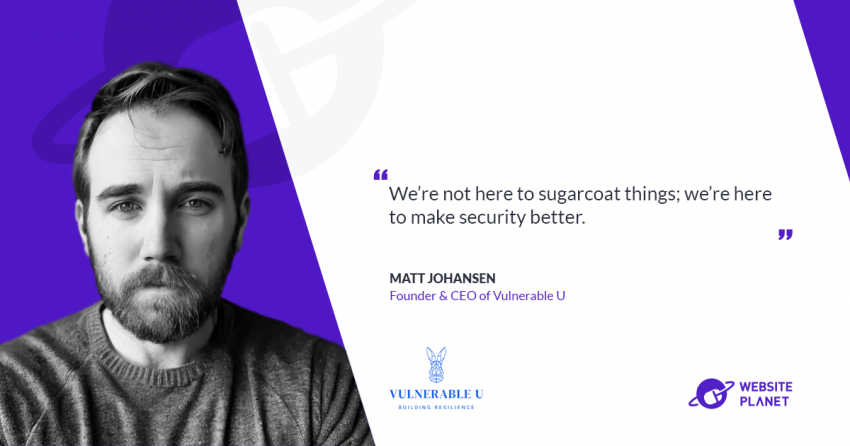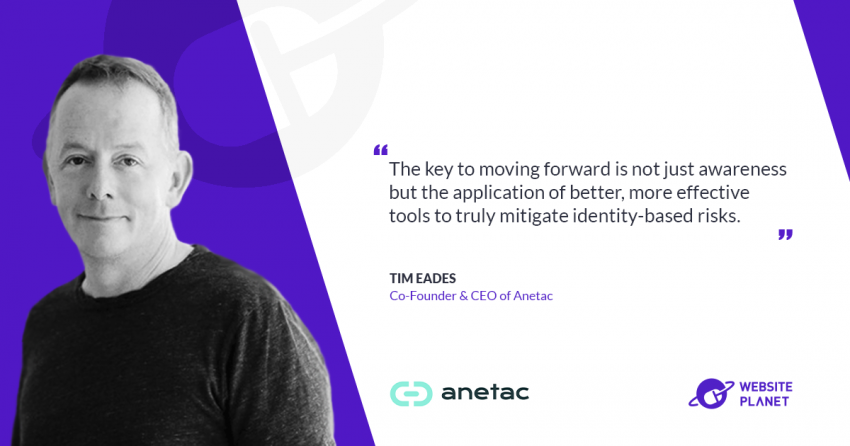What is the founding story behind Symless and what are some key points in the company’s journey and growth?
Our story began in 2008 when we took over the development of Synergy, but the software’s origins date back to 2001. The software was created as CosmoSynergy by Richard Lee and Adam Feder at Cosmo Software, with contributions from Chris Schoeneman. They developed it because engineers at Cosmo were struggling with expensive and cumbersome KVM switches to manage their Irix and Windows systems. Cosmo Software never commercialised Synergy, and the company eventually closed, but the core concept lived on. Today our software is being used by over two million people and more than 200 major organisations, including Pixar, Amazon, and the NHS.What is Synergy and what specific user needs does it cater to that other solutions might not?
Synergy makes multiple computers feel like one seamless system. It lets users control a number of devices with just one mouse and keyboard. This cuts the frustration of cluttered desks and the inefficiency of switching between different input devices. One example of Synergy’s capabilities is its use at Imperial College London, where they’ve built Europe’s largest multi-monitor display. Their 2.5-metre-high wall consists of 64 full-HD Samsung monitors powered by 32 separate computers, all controlled through a single mouse and keyboard using Synergy. What sets us apart is our ability to work across different operating systems – including Linux, macOS, and Windows – creating a truly unified experience. Users can copy and paste information to one global clipboard, which is essential for modern workflows where people often use multiple devices with different operating systems.How is Synergy 3 different from its predecessors? What specific features does it offer?
Synergy 3 is our biggest evolution yet, with more than 120,000 hours of development invested in completely recreating the interface from scratch. The main difference is how user-friendly it is now, and we’ve solved previous issues that users experienced with earlier versions. We’ve added an auto-discovery function, which automatically detects and adds computers to your setup without requiring manual IP address entry. We’ve also made it much simpler to synchronise screen arrangements, so users can easily resize and reposition windows within the interface and switch their primary device effortlessly. Early user feedback has been extremely positive, with Synergy 3 receiving higher ratings than both previous versions. And we’ve got alternatives for individuals and big businesses. You can get a personal use licence for up to three computers at $29, and Synergy 3 Ultimate, which connects up to 15 computers and includes TLS/SSL network encryption, for $49. For businesses, we’ve introduced a subscription service called Synergy Business that provides for: wider legacy OS support, a dedicated account manager, flexible licensing and payment, priority software updates, and priority tech support SLA. For large organizations, we offer Synergy Enterprise for deployments at scale.Security is a paramount concern for remote workers. How does Synergy address security concerns and ensure safe data transfer between devices?
Our Synergy 3 Ultimate version has enterprise-grade security through TLS/SSL network encryption. This ensures safe and secure data transfer between devices over local networks.What can we expect from the company going forward?
We’ve just added Wayland support to our Linux distros, and we’re always looking for ways to develop and improve the product. Our team is constantly working on new updates to ensure Synergy remains compatible with the latest versions of Windows, macOS, and Linux. And we’re supporting Deskflow, which is the free and open-source community version of Synergy, so everyone can contribute to making the product they want.To learn more about Symless and Synergy, you can visit symless.com












